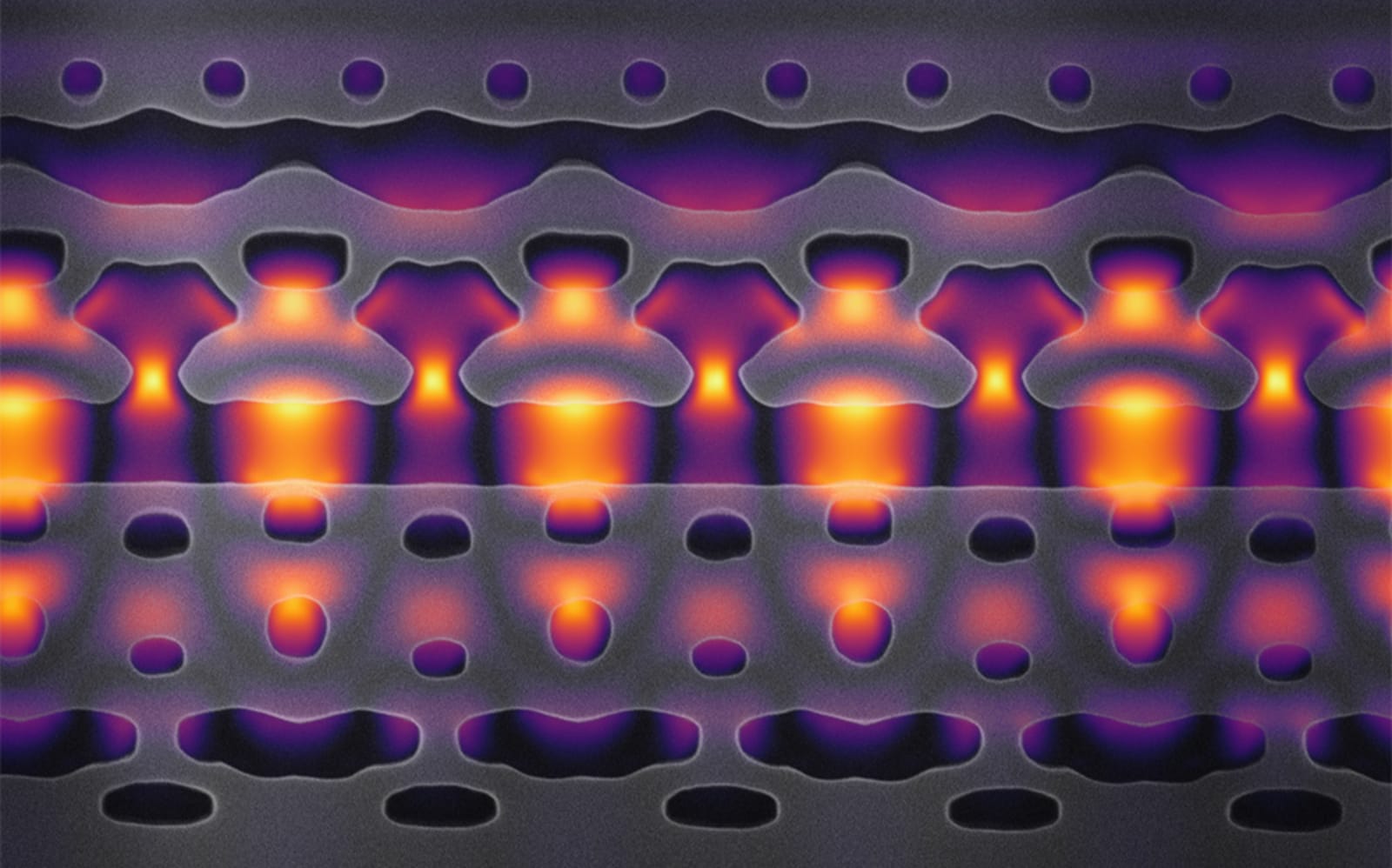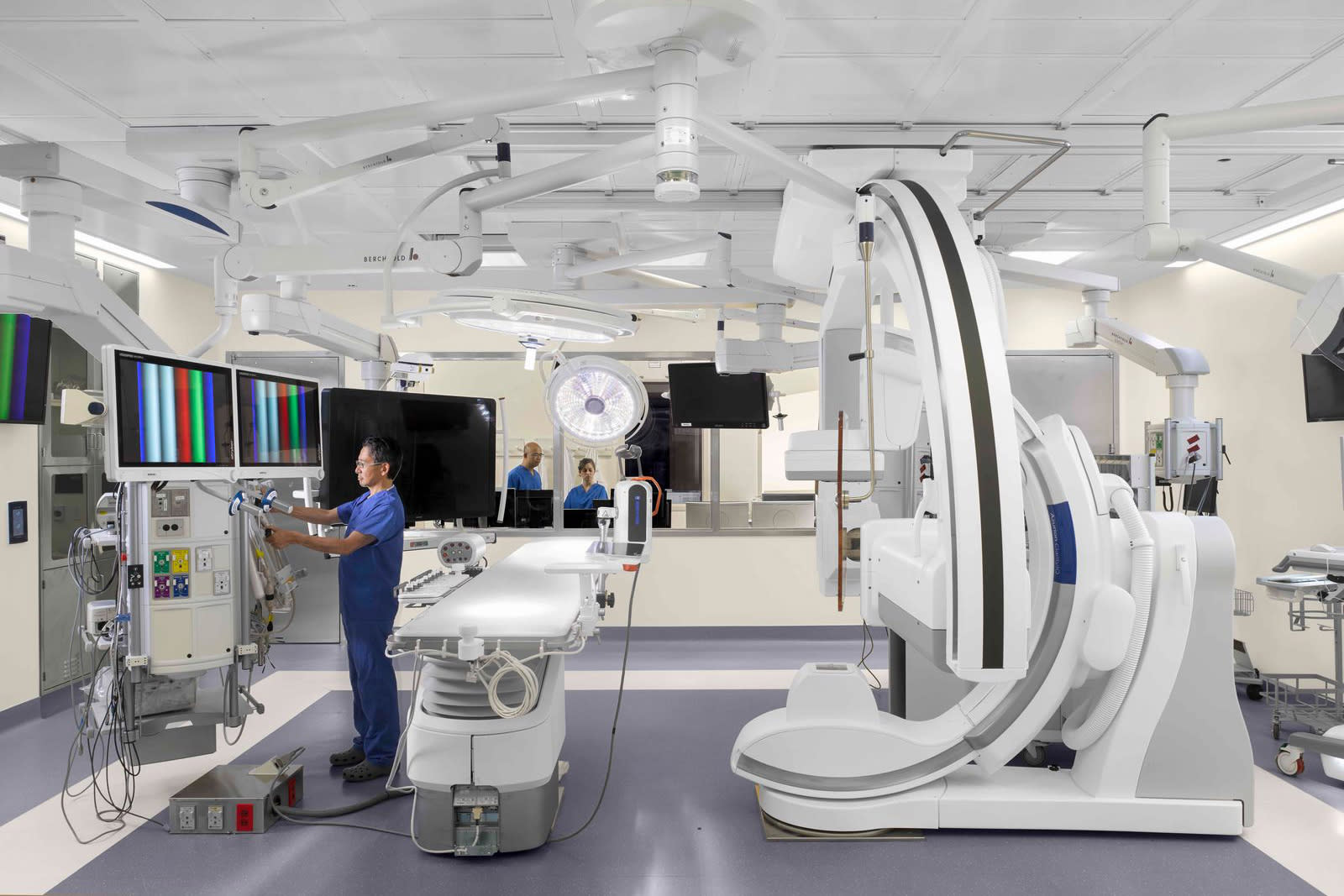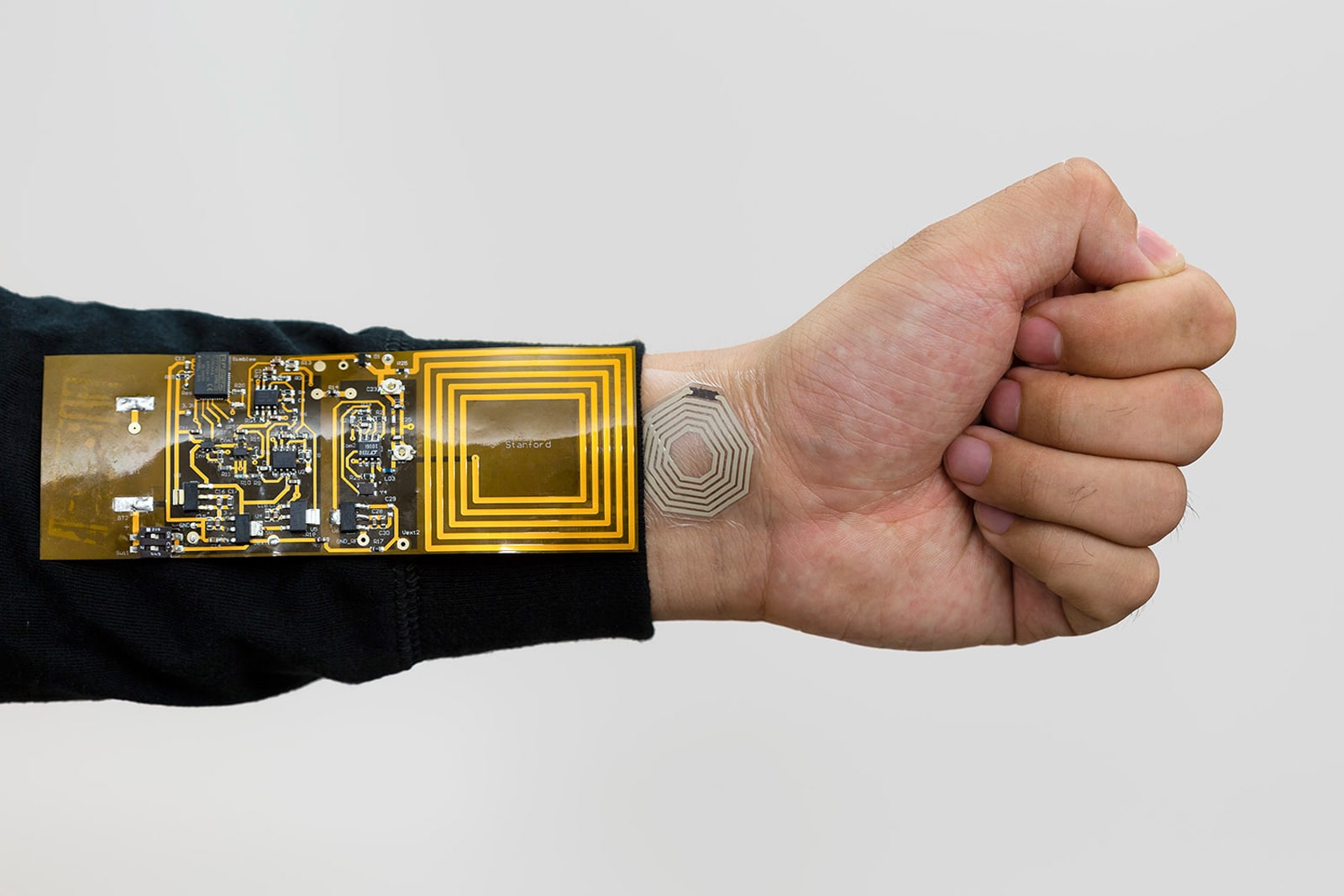Tag Archives: stanford university
Researchers capture the world’s first 3,200-megapixel digital photo
Alphabet’s Loon balloons are helping scientists study gravity waves
NVIDIA’s chief scientist developed a low-cost, open-source ventilator
Stanford University lab repurposes scuba gear into reusable PPE
Stanford, Scripps and Fitbit try using wearables to detect infections
Stanford moves classes online to deal with coronavirus outbreak
 Online education is about to get a major (if short) field test. Stanford University is moving the last two weeks of winter quarter classes online "to the extent feasible" to reduce the chances of COVID-19 spreading on campus. There will be no class...
Online education is about to get a major (if short) field test. Stanford University is moving the last two weeks of winter quarter classes online "to the extent feasible" to reduce the chances of COVID-19 spreading on campus. There will be no class...
Stanford researchers manage to put a particle accelerator on a silicon chip
 In scientific pursuits, like the search for dark matter, researchers sometimes use high-power particle accelerators. But these giant machines are extremely expensive and only a handful of them exist, so teams must travel to places like the SLAC Natio...
In scientific pursuits, like the search for dark matter, researchers sometimes use high-power particle accelerators. But these giant machines are extremely expensive and only a handful of them exist, so teams must travel to places like the SLAC Natio...
Stanford’s new tech-laden hospital includes pill-picking robots
 Technology only seems to find its way into hospitals in fits and starts. Stanford, however, is about to find out what happens when you build a tech-oriented hospital from the ground up. The university has opened a new hospital in Stanford Health Car...
Technology only seems to find its way into hospitals in fits and starts. Stanford, however, is about to find out what happens when you build a tech-oriented hospital from the ground up. The university has opened a new hospital in Stanford Health Car...
Sticker sensor monitors your body using wireless power
 Wearable body sensors have a common problem: they need power and antennas, and all that equipment leads to bulky devices that influence your behavior. Stanford researchers, however, have developed a system that could be almost imperceptible. Their Bo...
Wearable body sensors have a common problem: they need power and antennas, and all that equipment leads to bulky devices that influence your behavior. Stanford researchers, however, have developed a system that could be almost imperceptible. Their Bo...